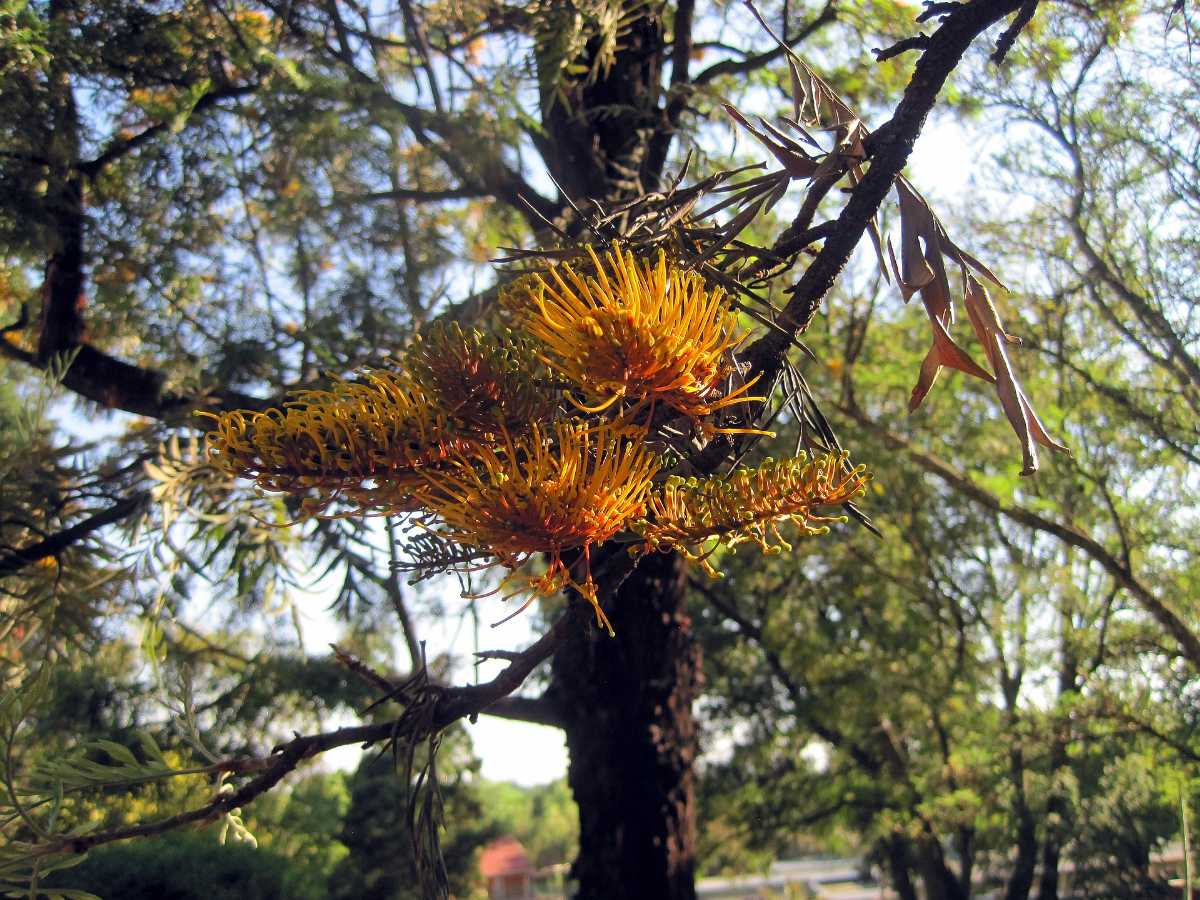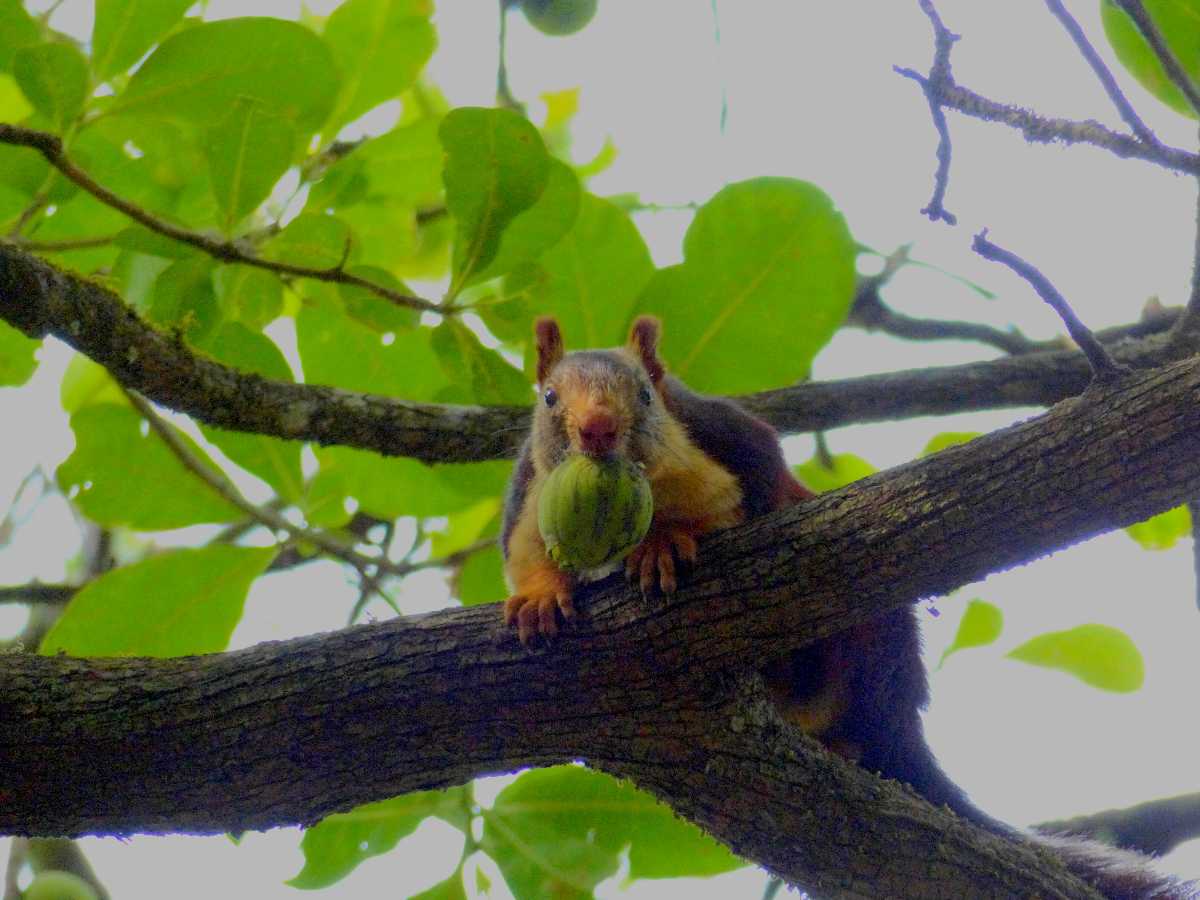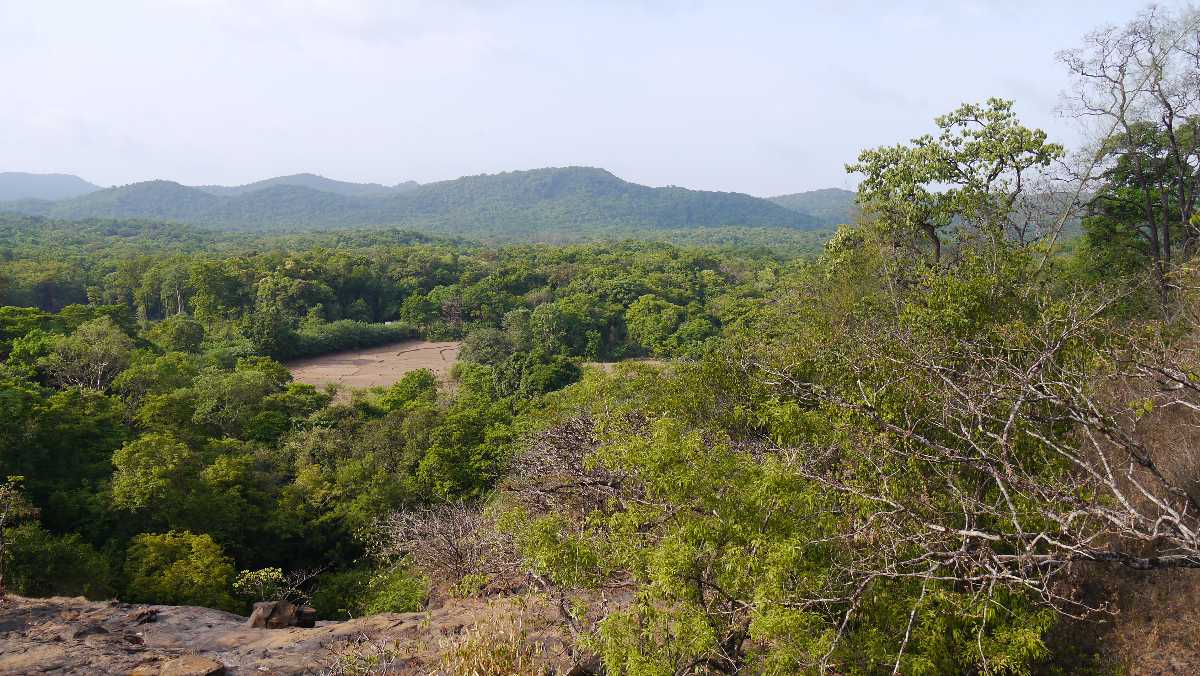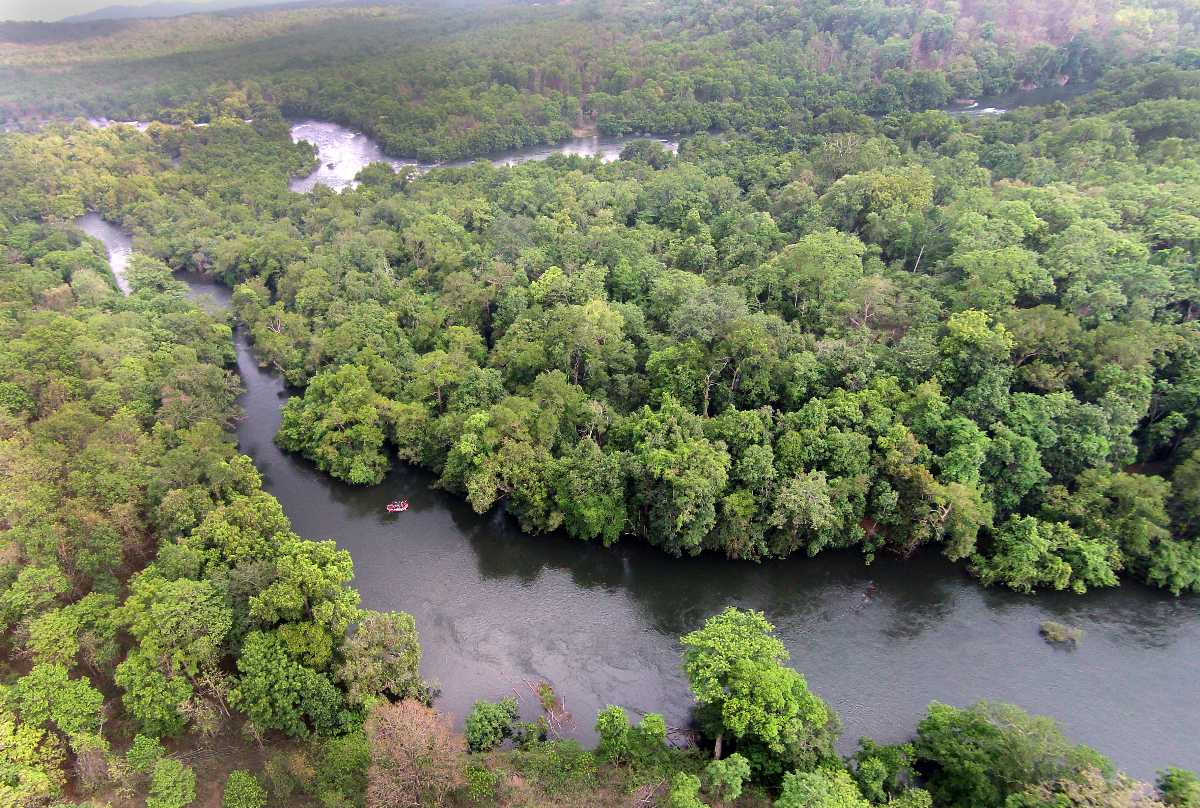Anshi National Park
Weather :
Tags : National Park
Timings : Open 24 hours
Time Required : 4-5 hours
Entry Fee : No entry fee
Anshi National Park, Dandeli Overview
Located at the eco-sensitive part of Western Ghats (altitude ranging from 200 meters to 900 meters) in Uttara Kannada district is Anshi National Park, an evergreen tropical rainforest. Anshi National Park is a part of the Dandeli Wildlife Sanctuary and covers about 500 square kilometres of the natural reserve.
It is a famous Tiger Reserve and is now called the Kali Tiger Reserve. With high biodiversity that is most specific to the Western Ghats of India, the attraction is a favourite amongst nature and animal lovers. The park is home to hundreds of species of wild animals, endemic birds, herbs, shrubs, and reptiles. Overlooking the Kali river which flows through it, the remarkable topography of the park includes beautiful deep valleys, dense forests and narrow hills slopes.
Read More on Anshi National Park
Best Time To Visit Anshi National Park
Stay Near Anshi National Park
Things to Do and Nearby Attractions
You can also indulge in white water rafting (up to grade 3 level) at the gushing Kali river.
Geography

Source
Flora and Fauna
Significant flora cover (mainly the deciduous forests) inside the park is deemed endangered by WWF (World Wide Fund For Nature). So whatever you see in the park is either rare or vulnerable species. That being said, the park is surely rich in biodiversity. Some trees and plants that you will come across are Calophyllum Wightianum, Knema Attlenuata, Malabar tamarind, silver oak, bamboo, eucalyptus, Bauhinia, Artocarpus Lacucha, Hope Wightiana, blackboard tree, teak, Flacourtia Montana, Jamba, Garcinia Morella, Bintangur, Ainimaram, Carallia Brachiata, and more.
Fauna
Fauna inside Anshi National Park is a treat for the eyes and are also great photography objects. The park is widely known for black panthers, tigers, and elephants. Other large animals that can be spotted here are sloth bear, bonnet macaque, slender grey loris, barking deer, Indian wild boar, mouse deer, Indian bison, sambar deer, and more.
Small animals include leopard cat, wild dog, jungle cat, jackal, porcupine, flying squirrel, Indian giant squirrel, Malabar civet, small Indian civet, Indian grey mongoose, and pangolin are also housed inside the national park.

Source
The park is home to many reptiles including the king cobra, Russell's viper, saw-scaled viper, rat snake, green pit viper, monitor lizards, bamboo pit viper, spectacled cobra, Indian rock python, and common krait, which are deadly but also eye-catching. It also houses over 200 species of birds including Ceylon frogmouth, Malabar pied hornbill, great hornbill, broad-billed roller, great hornbill, blue-headed pitta , yellow-footed green pigeon, golden-backed woodpecker, crested serpent eagle, Sri Lanka frogmouth, black-crested bulbul, Asian fairy bluebird, adjutant stork, brahminy kite, and ashy woodswallow. All the birds are distinctive and breathtaking to look at.
Trekking
1. The first route starts at Anshi nature camp and covers Maingani village followed by Dodpoda Nala. The trek ends at the nature camp. The length of the trail is 5.0 km.
2. The second route starts at the nature camp, goes on to Anshi range office, followed by Nesar Temba. The trek then reverses back to the nature camp, covering an area of 10 km.
3. The third trek (and the most difficult one) heads towards Matgaon from the nature camp and coves Vaki Road and Chandkunga. The trek ends at Kadra viewpoint, covering a distance of 20 km. The beautiful view over at Kadra is definitely worth the trek.
4. The final route also covers a distance of 20 km, but the trek is much more plain sailing than the 3rd route. Starting at the nature camp, this route covers Matgaon, followed by Devvarman and Dam before heading back to the camp.

Source
History

Source
In the past, this forest cover was mined for manganese. This had a devastating effect on wildlife and animals started migrating to other areas likes villages and small towns. Fortunately, this stopped, and the wildlife is turning back to normal.
Top Hotels Near Anshi National Park
Anshi National Park Reviews

Have a Question on Anshi National Park?

experience.